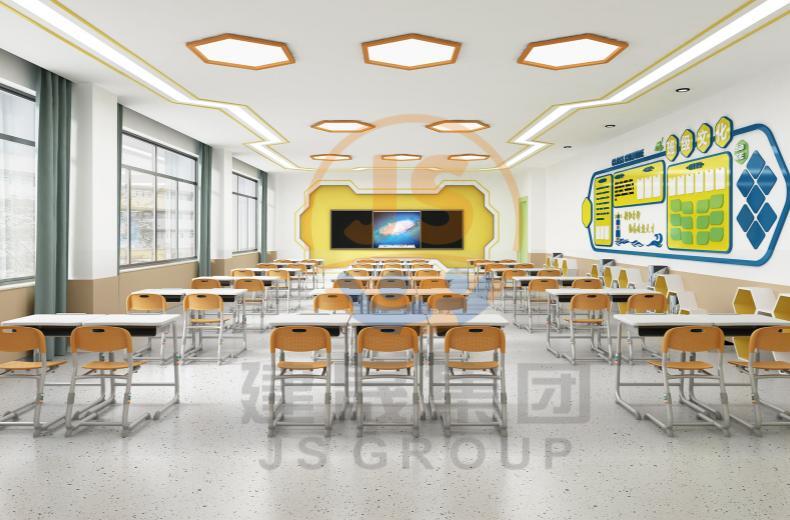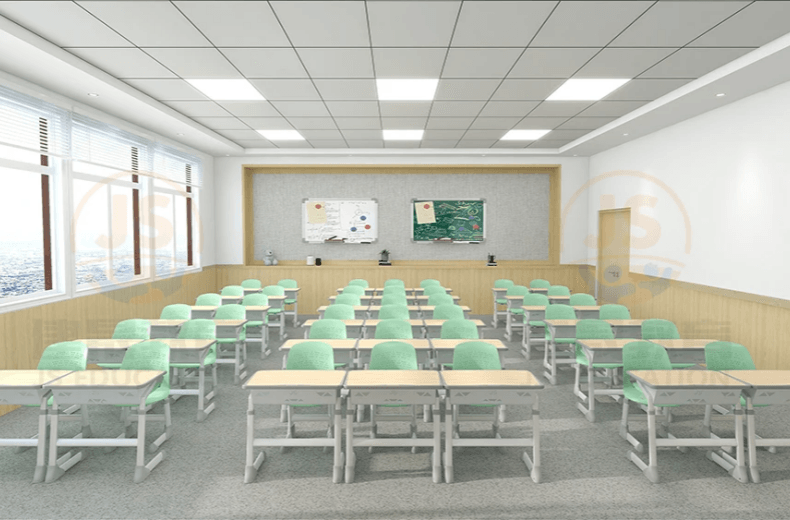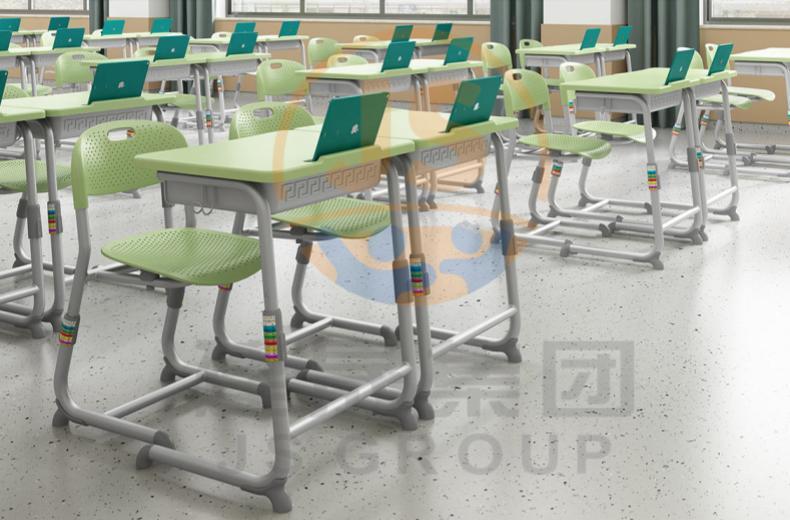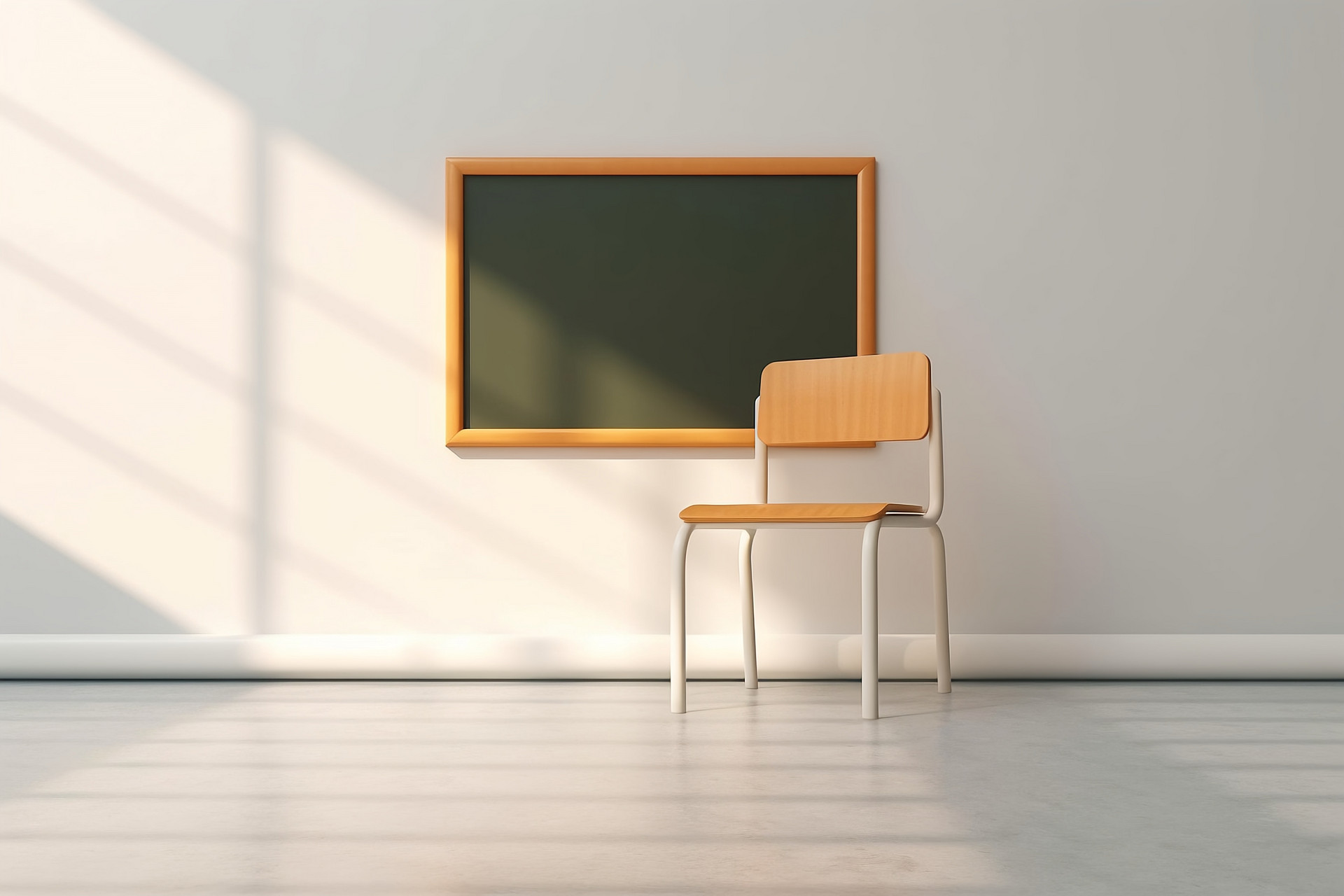Exploring the Materials of School Furniture: Desks and Chairs
When it comes to creating conducive learning environments, the choice of materials for school furniture plays a pivotal role. From desks to chairs, each piece contributes to the comfort, functionality, and durability of classroom furniture. Let's take a closer look at the common materials used in the construction of school furniture and their respective advantages:

1. Wood:
Wood remains a timeless choice for school furniture, appreciated for its natural beauty, warmth, and durability. Hardwoods such as oak, maple, and beech are commonly used due to their strength and resistance to wear and tear. Wood desks and chairs add a touch of elegance to classrooms and are available in a variety of finishes to complement different design aesthetics.
Advantages:
- Aesthetic appeal
- Durable and long-lasting
- Versatile design options
- Environmentally friendly if sourced sustainably
2. Metal:
Metal school furniture, typically made from steel or aluminum, is valued for its strength, stability, and modern aesthetic. Metal desks and chairs are often used in high-traffic areas such as laboratories and computer rooms due to their resilience and ease of cleaning. Additionally, metal furniture can be powder-coated or electroplated for added durability and visual appeal.

Advantages:
- Strength and stability
- Resistance to corrosion and damage
- Modern and industrial design aesthetic
- Easy to clean and maintain
3. Plastic:
Plastic school furniture has gained popularity for its affordability, lightweight construction, and vibrant color options. Chairs and desks made from high-quality plastic materials such as polypropylene are durable, easy to clean, and suitable for both indoor and outdoor use. Plastic furniture is particularly well-suited for early childhood education settings and multipurpose areas.
Advantages:
- Affordable and budget-friendly
- Lightweight and easy to move
- Wide range of color options
- Resistant to water and stains
4. Laminate:
Laminate furniture combines the durability of wood with the versatility of plastic, making it a practical choice for school environments. Laminate desks and chairs feature a durable surface layer bonded to a wood or particleboard core, offering resistance to scratches, stains, and fading. Laminate furniture is available in various finishes, including wood grain and solid colors, to suit different preferences.
Advantages:
- Durable and resistant to wear and tear
- Easy to clean and maintain
- Wide range of design options
- Cost-effective alternative to solid wood
5. Composite Materials:
Composite materials, such as fiberglass and composite wood, offer unique advantages for school furniture design. Fiberglass chairs are lightweight, durable, and resistant to moisture, making them suitable for outdoor use and humid environments. Composite wood, made from recycled wood fibers and resin, provides the look and feel of natural wood with enhanced durability and sustainability.

Advantages:
- Lightweight and easy to handle
- Resistant to moisture and environmental factors
- Sustainable and eco-friendly options available
- Versatile design possibilities
In conclusion, the choice of materials for school furniture, including desks and chairs, should be carefully considered to meet the needs of students, educators, and administrators. Whether it's the timeless appeal of wood, the durability of metal, the affordability of plastic, the versatility of laminate, or the innovative features of composite materials, each material offers unique advantages that contribute to creating functional and inviting learning spaces.

